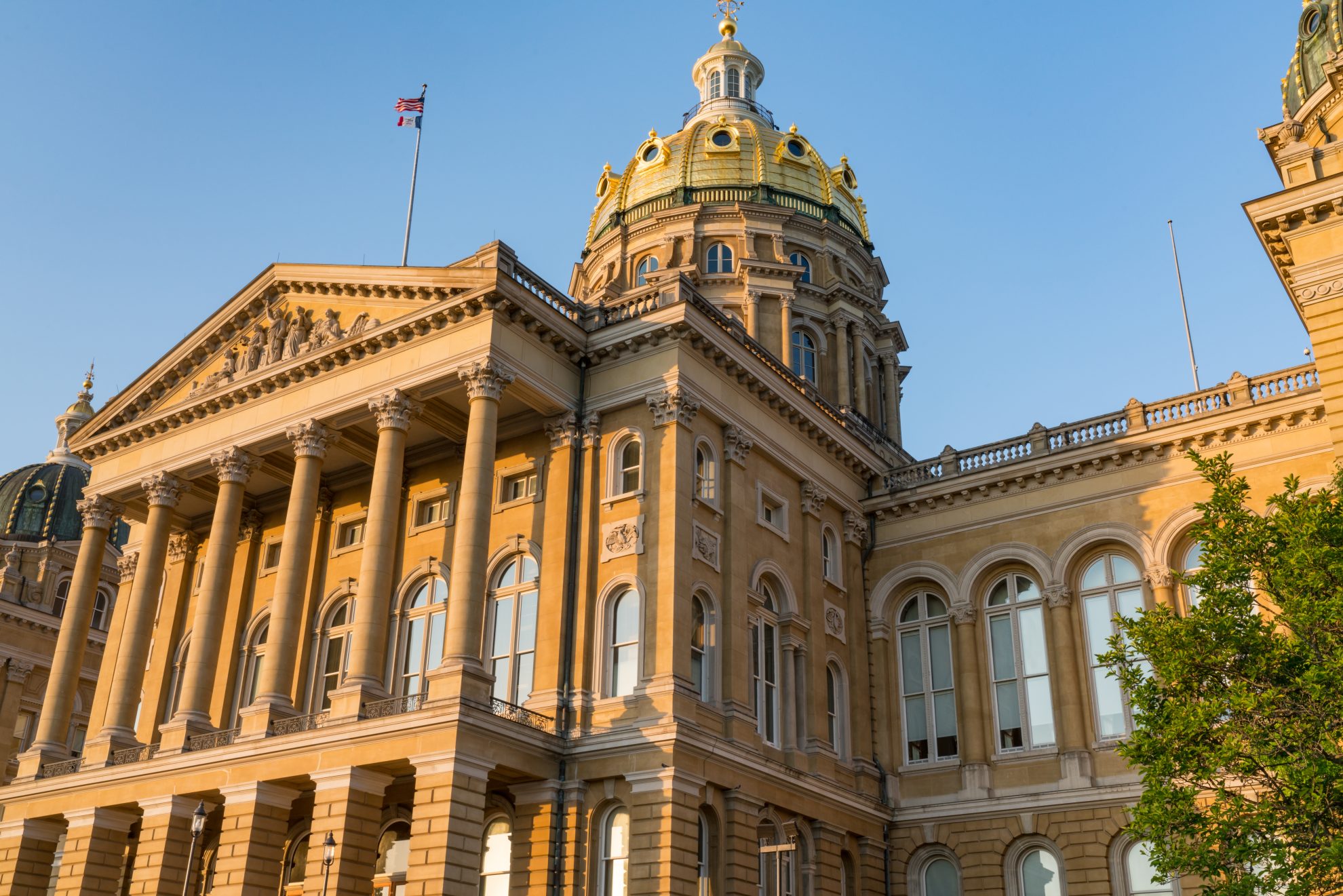Products You May Like
On the heels of adopting one of the most comprehensive state tax reform packages in years, Iowa lawmakers are back in Des Moines with property tax relief in their sights. But while the issue is worthy of their attention, House File 1 (HF 1) as currently drafted misses the mark.
Property tax limitations come in three flavors: levy (revenue) limits, rate limits, and assessment limits. Iowa HF 1 is a property tax assessment limit, meaning that it caps the amount by which the taxable assessed value of any given property can increase each year. In this, it follows the path blazed by California’s Proposition 13.
Proposition 13 and other property tax assessment limits have done their job, keeping incumbent property owners’ taxes in check. But they’ve come with hidden costs. They discourage homeowners from renovating or adding onto their homes, for fear of incurring a dramatic tax increase. They make it less attractive for growing families to move past their starter homes or for empty nesters to downsize. They interfere with efforts to change a property’s use. And, over time, they shift costs to newer, younger homeowners—the rising generation that Iowa lawmakers want to keep in-state.
Moreover, there’s an issue of fundamental fairness: a home’s fair market value ceases to be the main driver of its local property tax bill. The owner of a modest new home might pay more in property taxes than a next-door neighbor with an older but much more luxurious home.
Property tax assessment limits are meant to constrain incidental tax increases, driven not by conscious policy but by rising home values. Iowa lawmakers are right to be concerned about this, particularly given the way valuations have skyrocketed in recent years. Home prices are up 29 percent in Iowa over the past two years (through October 2020). Few homeowners feel like they’re getting 29 percent more, or better, services from their local governments. Even after you take inflation into account—and housing is about one-third of the inflation calculation—this represents a significant increase in government revenue, without a commensurate increase in the cost of providing local government services.
Unfortunately, HF 1 doesn’t just keep property tax collections in check. Over time, it changes the relative value of properties for tax purposes, severing the appropriate tie between property value and tax burdens. A well-crafted property tax limitation would prevent soaring property valuations from dramatically growing the tax base, but it shouldn’t mean that those with the greatest increase in property values see their tax bills rise no faster than everyone else.
Property tax assessment limits like the one in HF 1 impose a constraint on the rate of growth in assessed value, in this case stipulating that annual increases cannot exceed 3 percent unless the property is significantly altered. Substantial improvements to the property lead to a new valuation, though the sale of the property does not.
Under current law, Iowa combines a statewide rollback with an “ag tie” which implements an assessment rollback if residential property values in aggregate rise faster than agricultural assessments, or vice versa. Lawmakers also implemented a “soft cap” in 2019 which requires a public hearing and a two-thirds vote of the local governing body to adopt property tax rates anticipated to increase collections by more than 2 percent year-over-year. Both provisions curtail the rate of property tax growth somewhat, but homeowners can attest that increases continue to be substantial.
Unfortunately, an assessment limit does not control the rate of revenue growth. Instead, it provides more favorable terms for properties that haven’t been improved in a long time, shifting burdens onto newer (or newly renovated) homes. That is not a recipe for long-term success, and the perverse incentives it creates in housing markets aren’t good for anyone.
A better approach would be to convert HF 1’s property tax limitation regime into a county-level levy limit. Instead of the current “soft cap,” Iowa policymakers could follow other states’ lead in requiring voter approval for property tax collections to grow above a certain amount within a given county. (These limits exist in red and blue states alike. In fact, both New York and Massachusetts provide good models.) If property values soared, local governments would have to cut millages to curtail the growth of collections—unless they secured an override from voters.
Under assessment limits, government policies interfere with private housing decisions, including decisions about renovating or building a home. That sort of government meddling in housing markets never works. Instead of inadvertently constraining homeowners’ choices, government should focus more narrowly on the task of constraining government revenue growth, which is currently on autopilot. Lawmakers have the right priority. A change in approach can help yield the right results.
